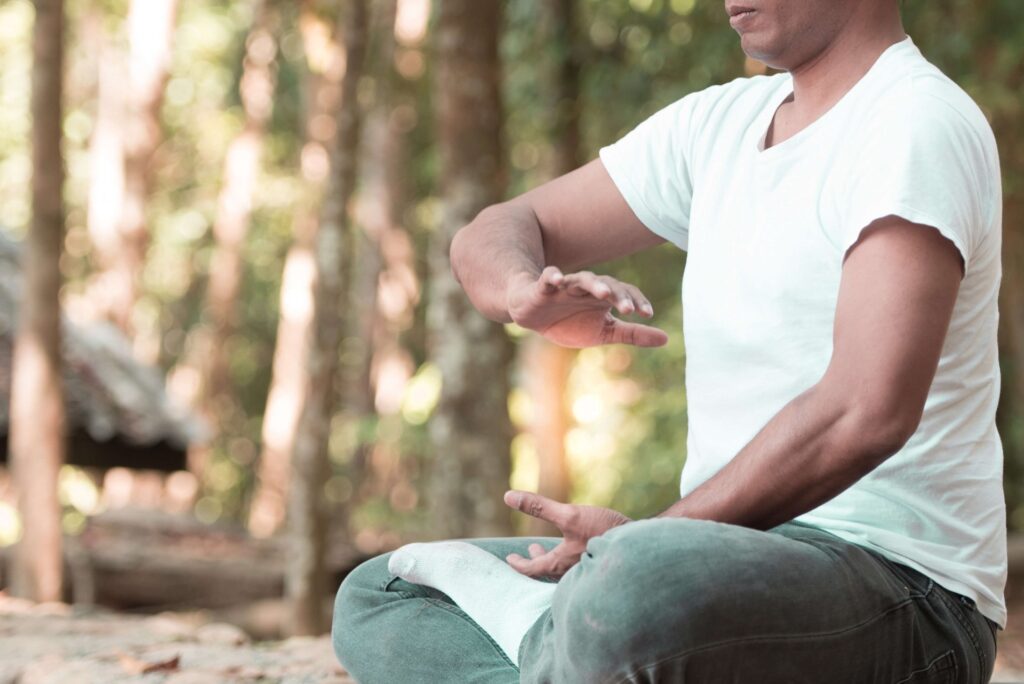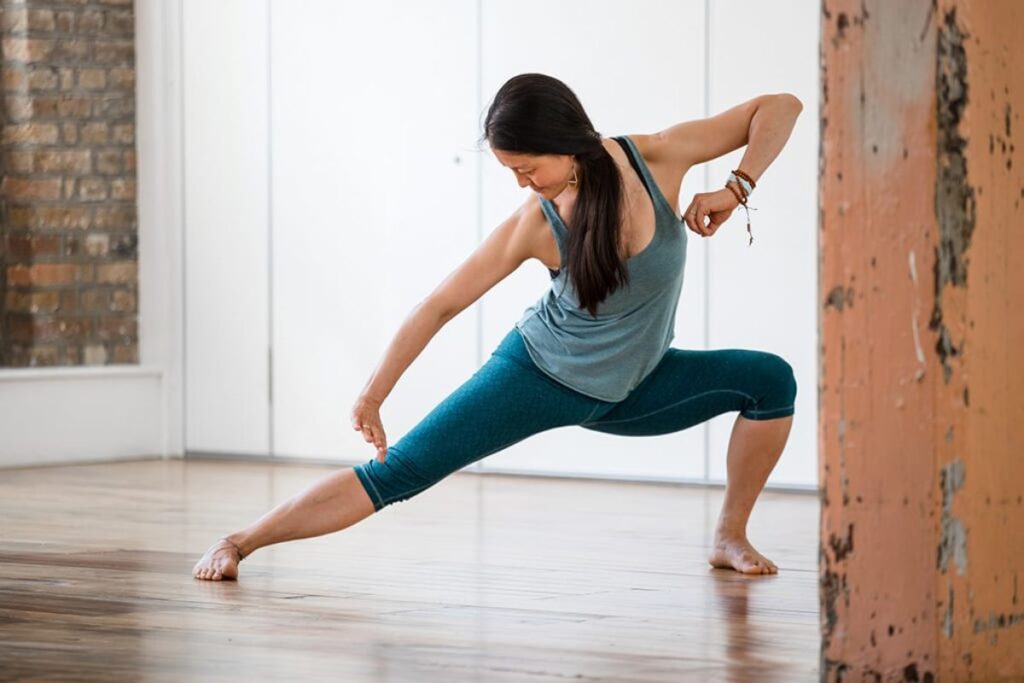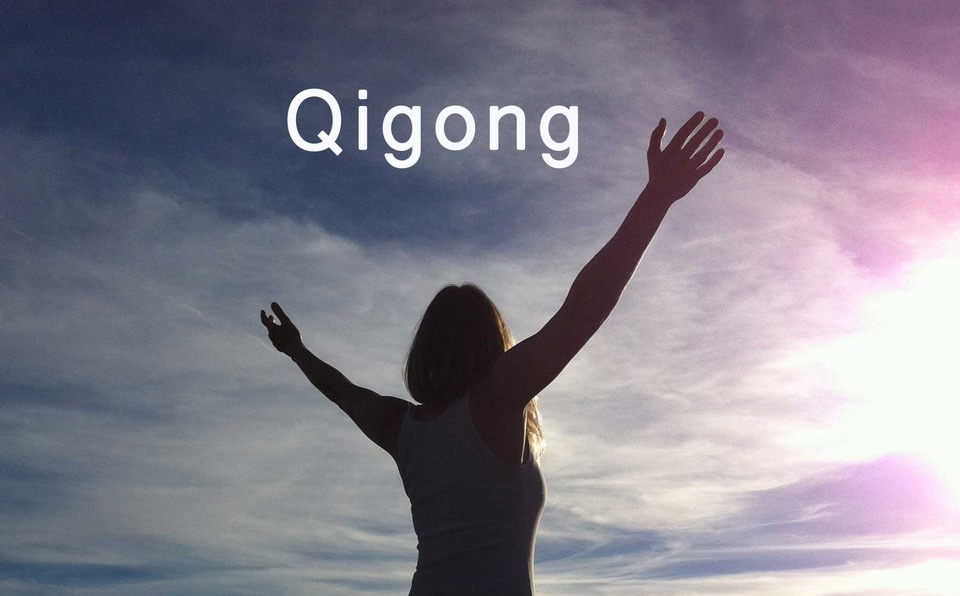Taking care of yourself is a challenging task. It involves more than just dedication; it combines physical and spiritual well-being. Earlier, it was just conventional western therapy. With the advancement in almost every field, people are now opting for innovative, less harmful, and natural treatment or therapy options like ayurvedic, naturopathy, acupuncture, homeopathy, and oriental treatment options. And these have become a part of the lifestyle.
One of the most familiar oriental medical practices is qigong (or Chi kung), where qi is a vital life force, and gong means cultivation. This ancient Chinese holistic meditative practice promotes a person’s physical, mental, and spiritual health. Developed thousands of years ago, with roots in Taoism, Buddhism, and Confucianism, this art of meditation uses body, mind, and soul simultaneously through a series of gentle stretching and breathing exercises to achieve harmony between the body and mind while promoting good health and vitality.
It is often referred to as a healing art or energizing practice. To get started with qigong, you can take a class or learn the basics from online qigong classes in your home.
What is It?

Every human being has a qi meaning crucial energy. This energy can get blocked and disturbed due to stress and ailments. And practicing qigong helps free flowing of one’s qi. It mainly involves moving through precise gestures synchronized with breathing patterns. There are two main techniques in qigong: dynamic and meditative.
Dynamic is an active practice that mainly focuses on the rhythmic movement of the whole body and breathing. The Meditative is passive, where there is no movement of one’s body, and can be practiced in any position, focusing more on the mind and breathing. Many who practice qigong believe it will benefit their health and help them develop a greater sense of calm and peace.
There are many forms of qigong. All these aim at well-being. The breathing patterns can range from slow to fast and long to deep, with or without speech sound. The gentle and calm body movements promote relaxation along with mind control. The most common forms include:
Tai Chi – Uses martial art in a soft style (the slow movement of the body) for stress relief and relaxation.
Baduanjin – Is the interplay of physical postures, mind, and breathing, where you move your body in a synchronized manner while keeping yourself calm. Older people mainly practice this form to relieve anxiety, improve sleep quality and maintain physical health.
Medical – The advanced practice of qigong that incorporates training and exercises to develop life energy (Qi), improves the immune system and brings balance to your body and mind, and a holistic understanding of self-healing.
Liu Zi Jue – It is the practice of controlled breathing in and breathing out through different speech sounds. The body’s movement is less and focuses on achieving a calmness of mind and soul. As it is mainly on the breath, this form has recently gained popularity during COVID-19.
Yijin Jing – (The muscle transformation) is the most popular and simplest form of qigong. Anyone can practice it. It mainly focuses on being physically fit by combining exercise (martial art movements) and meditation.
How to Start?

Like all other exercises, it is essential to do it regularly and ensure you are doing it right. If you feel pain or discomfort while practicing qigong, stop immediately and do not overdo it. Also, avoid doing qigong if you are sick (e.g., have a fever). Some forms may be better suited to beginners as they have fewer complex movements. Alternatively, other forms of qigong require more flexibility and strength, making them better suited to advanced practitioners. The choice depends on your needs.
What are the Benefits, and How Does It Help?
People with chronic disorders – Several studies have shown that practicing qigong relieves symptoms and prevents worsening chronic ailments. It promotes proper sleep, less pain, and better physical and mental function in fibromyalgia patients.
For people with Parkinson’s disorder, it improves stability and balance. Reduced high blood pressure and complement therapy for chronic obstructive pulmonary disease by reducing depression and improving the well-being of COPD patients. Exercising every day boosts the longevity of older chronic heart patients.
Pain relief – Regardless of age, qigong improves posture and relieves body and skeletomuscular pain.
Improves cognitive function – Enhances memory by improving the blood flow and generating benefits such as less fatigue and better sleep, more energy and vitality, enhanced performance and recovery from illness, and decreased depression and anxiety.
Provides relief from cancer symptoms – Helps people handle surgery, radiation, and chemotherapy aftereffects. It enhances the life of cancer patients by relieving them from distress and depression.
Helps manage mental health – Studies have shown that qigong can help manage the mental health of people suffering from substance abuse, reducing anxiety, improving self-discipline, providing a perception of connectedness, and reducing cravings for substances.
Aids arthritis sufferers – Research findings indicate that daily qigong practice can effectively supplement current treatments for osteoarthritis (OA). It helps alleviate pain, stiffness, muscle weakness, and swelling associated with OA by strengthening the immune system.
Is Qigong like Yoga?

They are similar; they focus on the soul and body, but with some key differences.
Yoga focuses on the body more, and qigong on breathing. Yoga uses pose to strengthen muscles, whereas Qigong practitioners move gently through a series of exercises that target specific body areas.
Yoga often involves intense stretches and poses, while qigong is a light practice of deep breathing and composure.
How Safe?
The answer is yes, with some caution. It is safe if you are healthy. It’s also safe if you have a medical condition that prevents you from breathing (such as emphysema or pulmonary fibrosis). Qigong is not suitable for pregnant women or people with extreme heart conditions. You can do qigong at home as long as you are careful, and it can be helpful for people who want to improve their well-being.
Conclusion

Qigong is one of the significant ways to improve one’s health and quality of life. It can help with many different conditions, including arthritis, cancer, and even multiple sclerosis. It is better late than ever. These exercises alter your breathing and the energy flow in the body and help prevent illness and disease.

